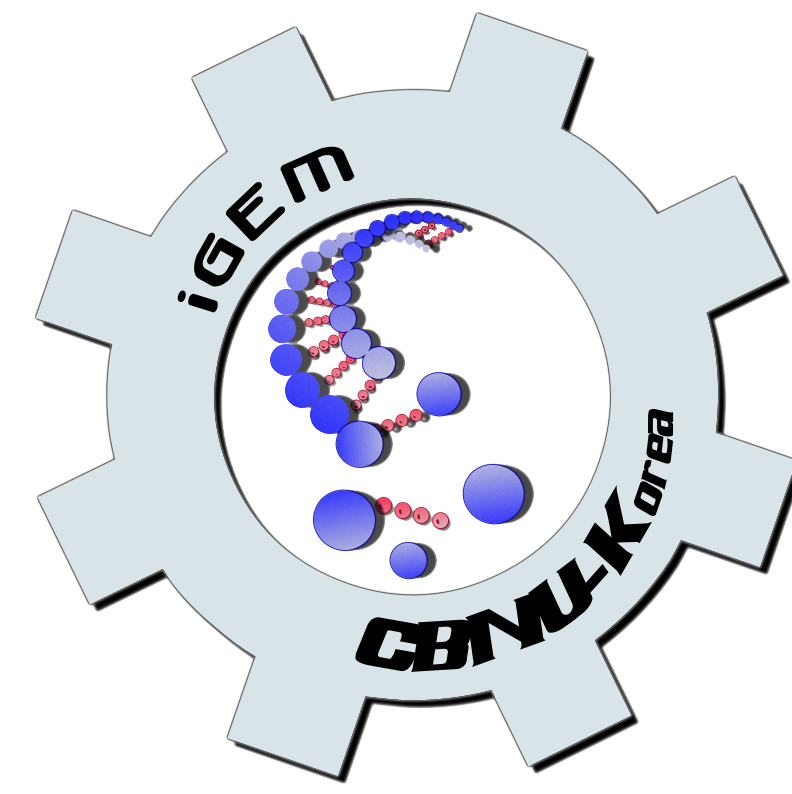Team:Washington-Software
From 2009.igem.org
| You can write a background of your team here. Give us a background of your team, the members, etc. Or tell us more about something of your choosing. | |
|
Tell us more about your project. Give us background. Use this is the abstract of your project. Be descriptive but concise (1-2 paragraphs) | |
| Team Example |
| Home | The Team | The Project | Parts Submitted to the Registry | Modeling | Notebook |
|---|
(Or you can choose different headings. But you must have a team page, a project page, and a notebook page.)
Contents |
Abstract
LegoRoboBricks for Automated BioBrick Assembly
Commercial Liquid Handling Systems are extremely expensive, and are typically beyond the reach of the average molecular biologist interested in performing high throughput methods. To address this problem, our project consists of the design and implementation of a liquid handling system built from commonly accessible Legos. We demonstrate a proof-of-principle use for this system to perform BioBrick assembly by transferring colored dye solutions on a 96-well plate.
We introduce a new concept called LegoRoboBrick. The liquid handling system is build by designing and implementing 3 LegoRoboBrick modular components: ALPHA (Automated Lego Pipette Head Assembly), BETA (BioBrick Environmental Testing Apparatus), and PHI (Pneumatic Handling Interface). We will demonstrate that the same BioBrick assembly software can run on multiple plug-and-play LegoRoboBrick instances with different physical dimensions and geometric configurations. The modular design of LegoRoboBricks allows easy extension of new laboratory functionalities in the future.
Project Goals
- Implement a simple and cheap way to handle liquids in normal genome lab operations(portable genomic science lab)
- Only uses lego mindstorm bricks
- Document entire process so it can easily be replicated
Project Summary
Hardware
- Lego Bricks
- Commonly accessible industry standard
Firmware
- RobotC
- Made in CMU Robotics Academy
- Enables floating point precision
Software
- ALPHA module
- Precise reverse triangulation using Rotational Matrix
- Controller of Master-Slave Synchronization
- Accurately positions pipette head
- PHI module
- Pneumatic control to suck and dispense fluid
- Compression pump to "air-clean" system
Mathematical Modeling
Alpha
Problem
Given the following construction and point p, find the angles θ1, θ2, and θ3.
Constants
- TR
- Top radius
- BR
- Bottom radius
- L
- Linkage
- CA
- Control Arm
- φ1 and φ2
- Two angles
Construction
From the top to the bottom:
- A circle centered at the origin with radius TR
RoboLabBrick Modules
Just like BioBricks are genes that can be connected to make a product, RoboLabBricks are robot modules that can be connected to make a Genomics Lab System.
Module ALPHA
ALPHA stands for Automatic Lego Pipet Head Assembly.
- Created 8/21/2009
- Consists of 3 double-jointed arms.
- One joint is connected to the motor, and is controlled entirely by the motor.
- The other joint moves in a sphere, and is loose. The end of this attaches to the platform which holds the pipet tip.
- Videos
- [http://www.youtube.com/watch?v=Lqp5Ebsu8GQ&feature=channel Robot in Action]
- This video shows that the module has high accuracy and precision. The stand is module Beta.
- [http://www.youtube.com/watch?v=w3gM0UWEjjQ&feature=channel Two Robots]
- This video shows that the same code can be used for other versions of ALPHA. The only difference is 6 physical constants:
- Top Offset
- Bottom Offset
- Control Arm Length
- Linkage Arm Length
- Inter-arm Angle
- Gear Ratio
- This video shows that the same code can be used for other versions of ALPHA. The only difference is 6 physical constants:
- [http://www.youtube.com/watch?v=bsu2nNNU34g&feature=channel_page Old Video]
- [http://www.youtube.com/watch?v=Lqp5Ebsu8GQ&feature=channel Robot in Action]
Module BETA
BETA stands for Biobrick Enviorment Testing Apparatus.
- Consists of a telescoping frame, and a big lego plate.
- The telescoping frame is used for holding ALPHAs and PHIs.
- the big lego plate is where you put the 96-well plates and petri dishes.
Module PHI
PHI stands for Pneumatics Handling Interface.
- PHI is the pipette. It consists of two motors.
- Motor 1.
- When it moves in one direction, it builds up air pressure.
- When it moves the other direction, it releases the air pressure.
- Motor 2.
- It is connected to a piston, so when the motor turns, it sucks or dispenses liquid.
- Motor 1.
- Videos
- [http://www.youtube.com/watch?v=WCM2kRFt-w4&feature=channel_page Phi in action]
- This video shows Phi running by itself.
- [http://www.youtube.com/watch?v=WCM2kRFt-w4&feature=channel_page Phi in action]
 "
"

